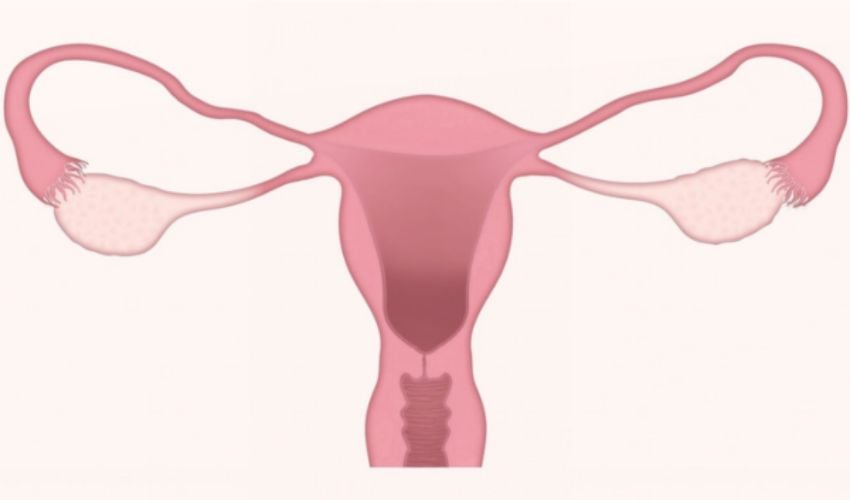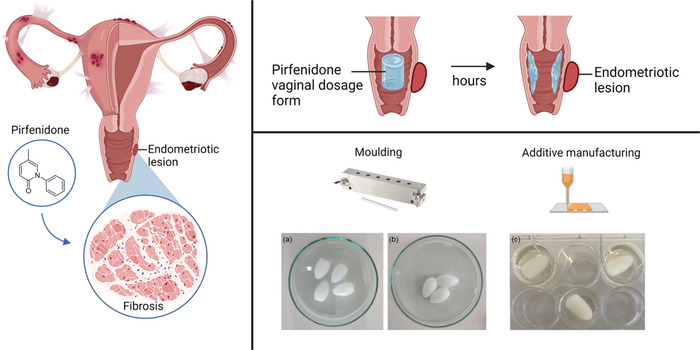3D Printed Ovules Provide Promising Results for Endometriosis Treatment

A recent study published in the European Journal of Pharmaceutical Sciences sheds light on an exciting approach to treating endometriosis with 3D printed ovules. The team employed additive manufacturing, a technique gaining popularity in the medical field, to address certain challenges faced in gynecology. Diseases specific to the female reproductive system, such as cancers, endometriosis, and uterine fibroids, often receive inadequate research attention. Consequently, women suffering from these conditions often lack effective treatment options or drug delivery systems. To improve treatment efficacy while minimizing side effects, it is crucial to develop drugs tailored to the vaginal mucosa environment, where they can exert their effects most effectively.
The researchers at the University of Bern employed 3D printing technology to create customized oocytes and suppositories. This approach holds promise in the medical field as it enables the production of gel-like and temperature-sensitive applications suitable for vaginal administration. The research group utilized extrusion technology to produce a 3D printed, semi-solid vaginal capsule containing a molecule called pirfenidone. Pirfenidone has demonstrated promising efficacy in treating pulmonary fibrosis and is highly sought after for endometriosis treatment, although it is not yet approved for this specific purpose. The additively manufactured suppository was left in place for several hours to ensure optimal action in the vaginal environment. Additionally, the researchers created vaginal capsules from standard substances to compare the results in their tests.

The researchers explored the potential of using Pirfenidone as a treatment for endometriosis in their study. They achieved this by implementing 3D printed ovules for the controlled release of the drug directly in the affected area (photo credits: Sarah Teworte, Simone Aleandri, Jessica Weber, Marianna Carone, Paola Luciani, University of Bern)
The 3D printed ovule exhibited controlled release during standard pharmaceutical tests and biorelevant evaluations. Ideally, a pirfenidone delivery system should have a delayed drug release, as the molecule requires 24 hours of exposure to the oocyte for its metabolic activity to reduce. The 3D printed ovule outperformed the control group, with only 90% of the drug released after 8 hours, while the other capsules released the drug fully within 3 hours.
3D Printed Eggs Emerged as Clear Winners Across all Tests
Furthermore, the 3D printed ovule demonstrated its effectiveness in terms of consistent mass, content, and disintegration. Notably, the ovule did not completely disintegrate but rather softened, meeting the requirements of the test. Additionally, the additively manufactured ovule exhibited favorable ex vivo performance due to its mucoadhesive properties. These properties facilitated the sustained release of pirfenidone, thereby positively impacting treatment efficacy. In contrast, the standard oocytes yielded inferior outcomes in this regard.
To achieve these results, the 3D printed ovules were created using mucoadhesive polymers through the extrusion process, which requires more time compared to fabricating standard oocytes. Nonetheless, the 3D-printed ovlues hold greater promise as vaginal drug delivery systems. Consequently, the vaginal administration of pirfenidone via 3D-printed ovules may contribute to improved treatment for endometriosis in the future. This is particularly important considering that researchers estimate that at least 11% of women, or more than 6.5 million in the USA alone, are affected by endometriosis, and effective therapeutic approaches are still insufficiently available. More information about the study and the results can be found at HERE.
What do you think about this research on 3D printed ovules to help treat endometriosis? Let us know in a comment below or on our LinkedIn, Facebook, and Twitter pages! Don’t forget to sign up for our free weekly Newsletter here, the latest 3D printing news straight to your inbox! You can also find all our videos on our YouTube channel.
*Cover photo credit: Pixabay






